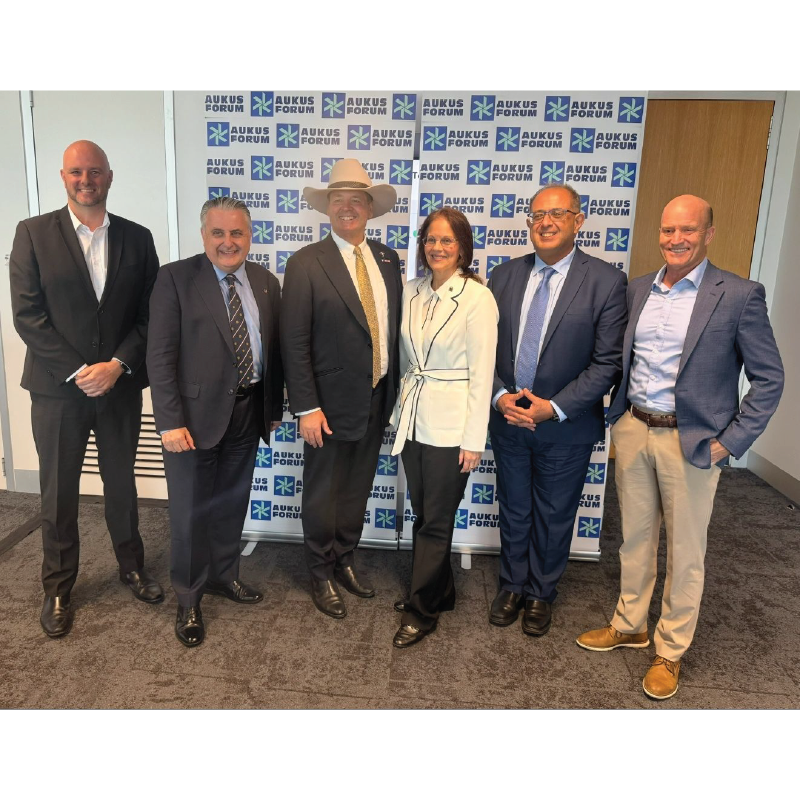News Story
News story about Ghodssi's III-V MEMS work rockets around globe

Grad student Nathan Siwak works on the nanoscale sensor project.
The news media picked up on the story through a Clark School of Engineering press release--view and listen to the media links here. | original full story/press release | WTOP segment #1 | WTOP segment #2 | NBC Channel 4 video | Story picked up by NBC's WBAL-11 Baltimore | Washington Business Journal | Alaska Report (FishRadio and Internet) | Technology News Daily | NBC TV 10, Philadelphia | AVS home page | FEMA's Metropolitan Medical Response System division | Philadelphia Inquirer | PhysOrg.com | Photonics.com | The Fisheries Broadcast, St. Johns, Newfoundland (link not available) | Shanghai Nanotechnology promotion Center (in Chinese) | The Biotech Weblog |
Published July 22, 2006









